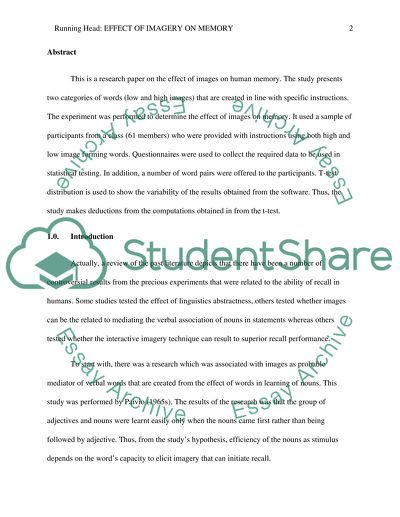Cite this document
(“The effect of imageability on memory Case Study”, n.d.)
The effect of imageability on memory Case Study. Retrieved from https://studentshare.org/psychology/1490076-the-effect-of-imageability-on-memory
The effect of imageability on memory Case Study. Retrieved from https://studentshare.org/psychology/1490076-the-effect-of-imageability-on-memory
(The Effect of Imageability on Memory Case Study)
The Effect of Imageability on Memory Case Study. https://studentshare.org/psychology/1490076-the-effect-of-imageability-on-memory.
The Effect of Imageability on Memory Case Study. https://studentshare.org/psychology/1490076-the-effect-of-imageability-on-memory.
“The Effect of Imageability on Memory Case Study”, n.d. https://studentshare.org/psychology/1490076-the-effect-of-imageability-on-memory.


